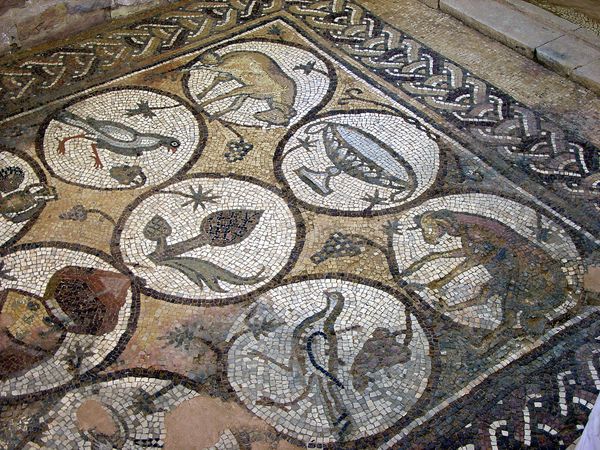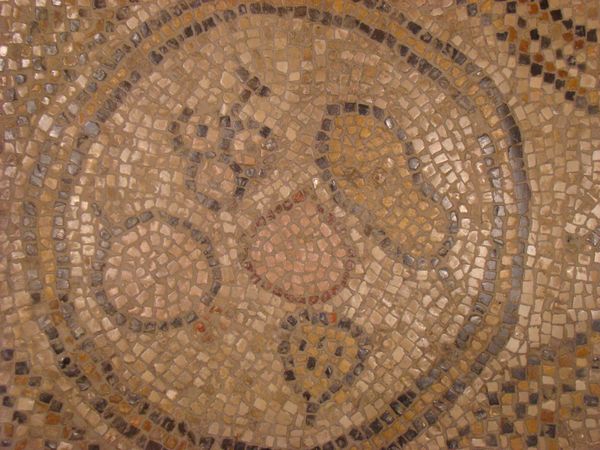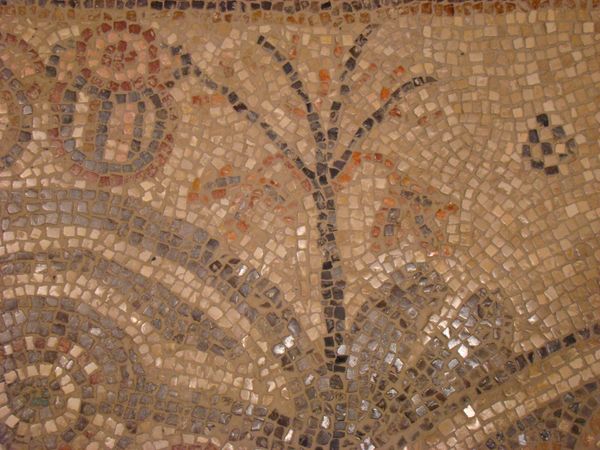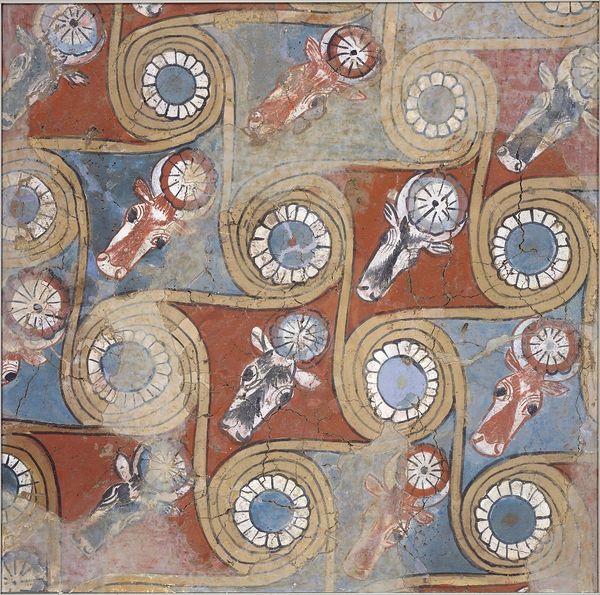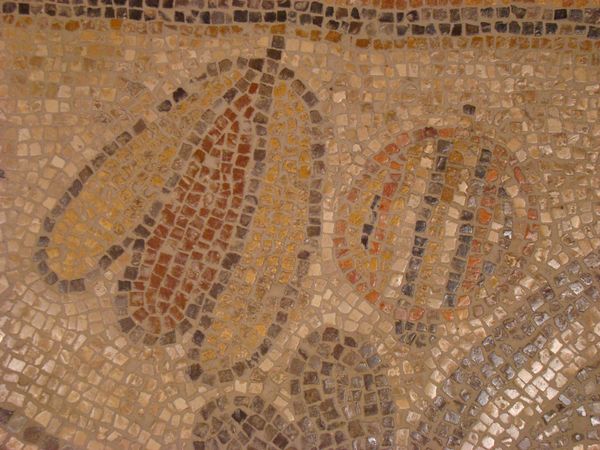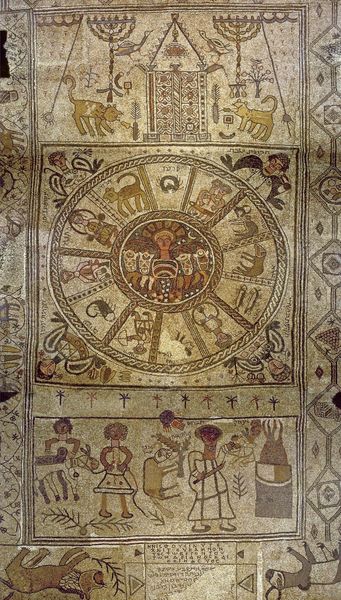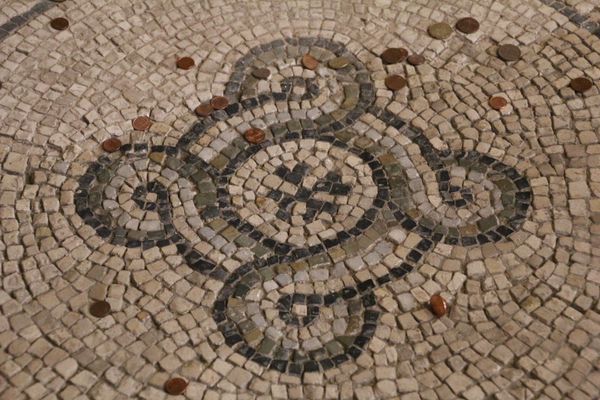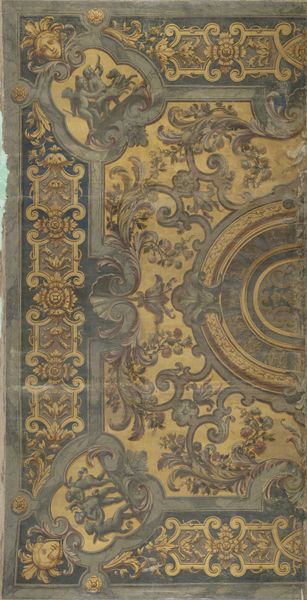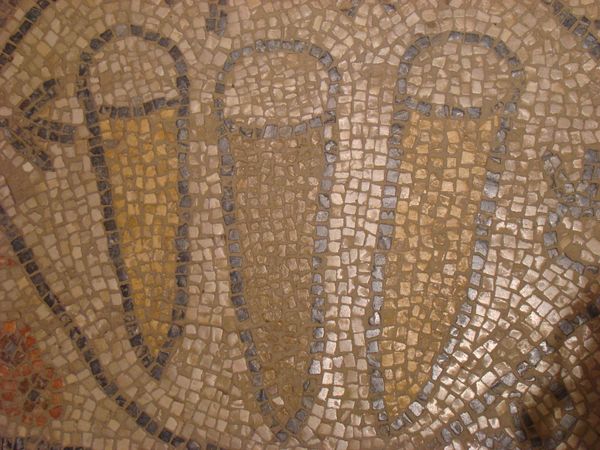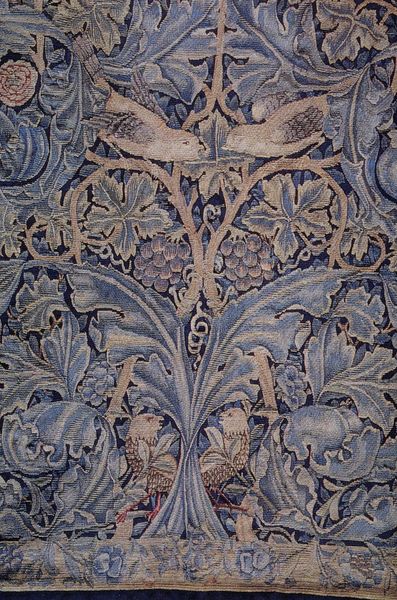
mosaic
#
mosaic
#
byzantine-art
#
landscape
#
figuration
#
ancient-mediterranean
Copyright: Public domain
This mosaic on the floor of the Byzantine church of Petra was made between 330 and 1453 AD. It shows the artistic achievements of the Byzantine era. These mosaics were more than mere decoration; they reflect the era's cultural and social environment. The use of mosaics reflects the Byzantine love of opulence and grandeur, which was frequently employed in religious buildings to inspire reverence and awe. The geometric and naturalistic patterns, as well as animals like birds and camels, may represent both the earthly and heavenly realms, appealing to the religious views of the time. Petra's geographic setting may have influenced the selection of themes. Its location as a trade hub may have promoted cross-cultural influences, which is reflected in the mosaic's blend of styles. Analyzing the historical context of this church and mosaics may provide insights into the dynamics between religion, society, and art during the Byzantine era.
Comments
No comments
Be the first to comment and join the conversation on the ultimate creative platform.
